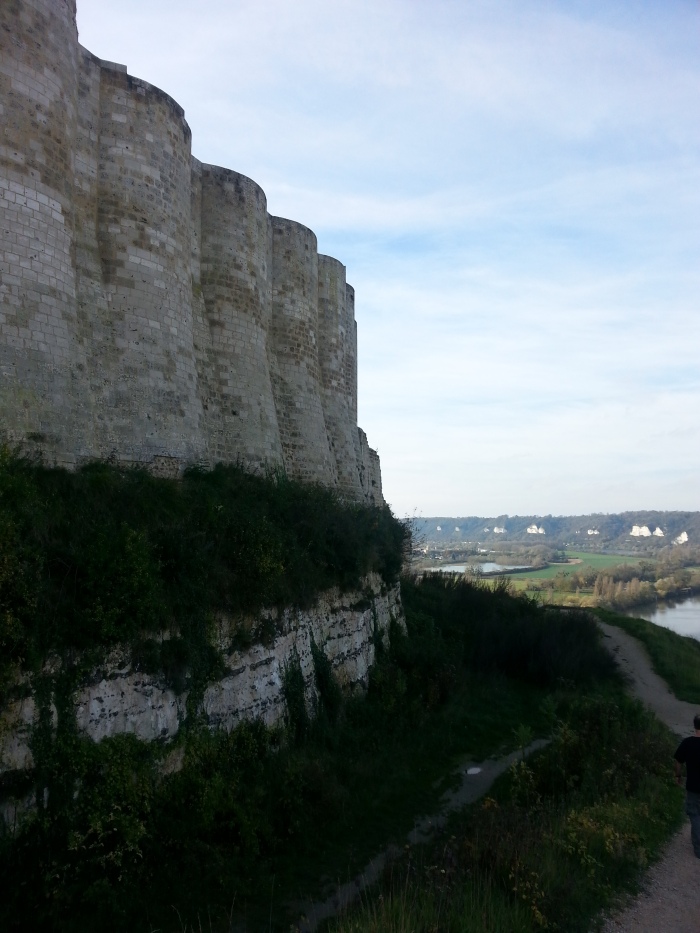Imagination is more important than knowledge.
Albert Einstein
Now, I’ll admit, this is where things get a little dicey in terms of this particular travelogue. It appears that at this point in the trip I abandoned my travel journal – unsurprisingly perhaps since the next and final chapter took place in the Somme and I am still processing my emotions from that part of the visit (stay tuned).
What does that mean, you ask? Well, it means my tale will continue on with the huge caveat that from here on out I am working from memory sparked by a skeletal itinerary and phone photos alone so…bear with me. From here on out, I know not what bits of my tale come from knowledge and which from imagination.
Regardless, I can say for certain that the emotions I impart will be real as I’ll be reliving them right along with you.
So…with that rather imposing disclaimer out of the way…let’s get to it, shall we?
Continue reading “A Knowledgeable Imagination”








